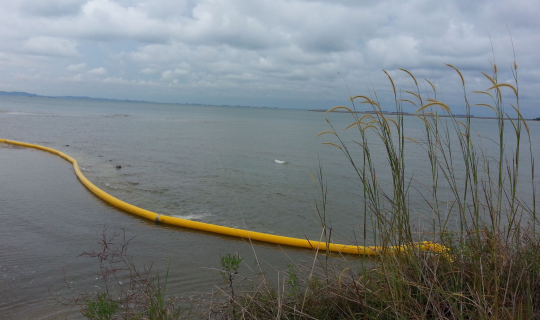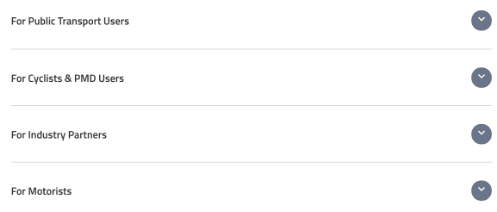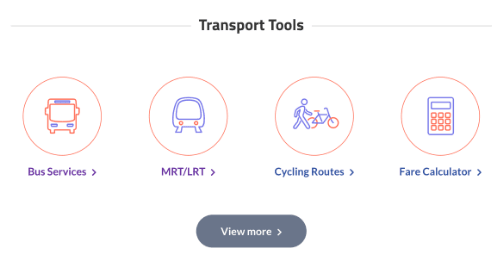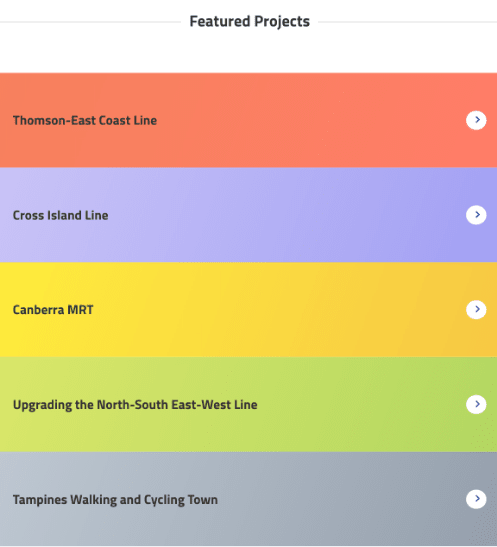Sustainable land transport is crucial to Singapore’s development. To limit the environmental impact from our projects, LTA has a holistic environmental management system that is used across all planning stages of our projects from planning and design, to construction.
For every project that has been identified to have significant environmental impact, an Environmental Study is conducted at the design stage. It assesses the potential impact of construction work and suggests mitigation measures to reduce it. Before starting work, contractors must provide an environmental management plan that includes recommendations from the Environmental Study report.
All LTA projects must also adopt sustainable construction practices to build greener land transport system. We have a series of guidebooks to assist contractors and staff:
- Construction Waste Management at LTA Sites (PDF, 6.3MB)
- Guidebook for Sustainable Practices at LTA Sites (PDF, 6.1MB)
- Noise Control at LTA Sites (PDF, 5.3MB)
- Noise Guidance: Developing A Noise Management Plan (PDF, 4.2MB)
- Vector Control at LTA Sites (PDF, 15.3MB)
- Water Resources at LTA Sites (PDF, 6.7MB)



































